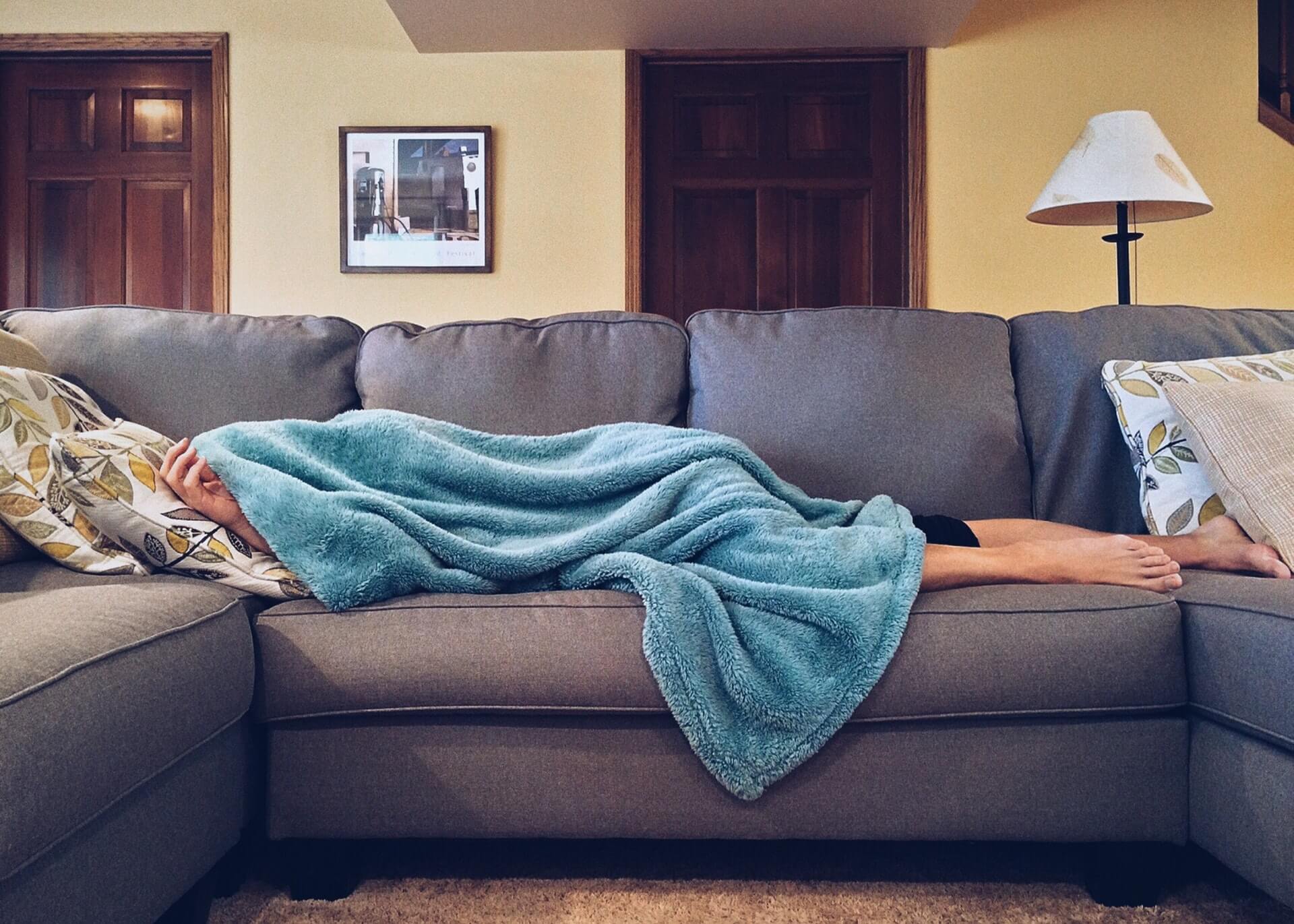
(Photo by EKATERINA BOLOVTSOVA from Pexels)
BOSTON — Nappers who sleep more than half an hour in the middle of the day are more likely to be obese or suffer from high blood pressure, according to a new study. Researchers say longer siesta-takers in Spain were more likely to have a higher Body Mass Index (BMI), higher blood pressure, and a cluster of other conditions linked to heart disease and diabetes. Meanwhile, those who took “power naps” of less than 30 minutes avoided these increased health risks and even fared better in terms of blood pressure than those who abstained from taking siestas.
The researchers, from Brigham and Women’s Hospital, conclude that the length of a siesta could be vitally important not only for work productivity but also for general health.
The term “siesta” comes from the Latin word “sexta,” meaning sixth, and refers to the “sexta hora” or sixth hour of the day. The indulgent naps, which usually follow the midday meal, have been commonplace for centuries in warmer climates such as the Mediterranean and Latin America. In Spain, where the tradition is believed to have originated, most businesses still close between the hours of 2 p.m. and 4 p.m., allowing employees to rest during the hottest period of the day.
The regenerative powers of the siesta have spread to all corners of the globe and have been embraced by U.S. Presidents like John F. Kennedy and famous physicist Albert Einstein.
The study team analyzed data collected from 3,275 Spanish adults in the city of Murcia in southeastern Spain. Although a previous study conducted in the United Kingdom indicated a causal relationship between napping and obesity, the U.S. researchers considered it essential to conduct further research among a population in which siestas were more culturally embedded.

The team measured participants' baseline metabolic characteristics at the University of Murcia, and a survey on siestas collected details regarding their naps and other lifestyle factors. The data on siestas resulted in the participants falling into three groups: those who did not take siestas, those who took siestas for less than half an hour, and those whose siestas lasted more than 30 minutes.
The researchers found that those who took longer siestas had higher BMIs and were more likely to have metabolic syndrome — a group of conditions that raise the risk of heart disease, diabetes, stroke, and other serious health problems — compared to Spaniards who did not take siestas. The long-siesta group also had higher values of waist circumference, fasting glucose levels, systolic blood pressure (the top BP number), and diastolic blood pressure (the bottom number) than those who didn't take siestas.
The study team additionally highlighted the association of longer siesta-takers with later nightly sleep and mealtimes, increased energy intake at lunchtimes, and even cigarette smoking. They also found a link between those who took longer naps and the location of their siesta, with many opting for a fully-horizontal, lie-down on their beds rather than a sofa.
However, in those who took siestas for less than half an hour a day, these increased risks of obesity and metabolic health problems simply did not exist. In fact, the short siesta-takers were less likely to have elevated systolic blood pressure than those who took no siestas at all.
Despite the researchers admitting that some factors may be a consequence of obesity rather than the siestas themselves, the previous U.K. study pointing towards a similar relationship between napping and obesity — particularly abdominal obesity — further fortified these latest findings.

In this latest study, the authors also discovered various significant lifestyle factors mediating the association between siestas and health measures. The results call for future research into whether shorter siestas are advantageous over longer ones, particularly for those with habits such as smoking and having delayed nighttime meals and rest.
“Not all siestas are the same. The length of time, position of sleep, and other specific factors can affect the health outcomes of a nap,” says senior author Marta Garaulet, PhD, a visiting professor in the Division of Sleep and Circadian Disorders at Brigham and Women's Hospital, in a media release.
“A previous study that we conducted in a large study population in the UK had found that siestas were associated with an increased risk of obesity. We wanted to determine whether this would hold true in a country where siestas are more culturally embedded, in this case Spain, as well as how the length of time for siestas is related to metabolic health.”
Co-author Dr. Frank Scheer, a senior neuroscientist and professor in the Medical Chronobiology Program at Brigham's Division of Sleep and Circadian Disorders, argued for the increasingly evident benefits of taking shorter naps.
“This study shows the importance of considering siesta length and raises the question of whether short naps may offer unique benefits. Many institutions are realizing the benefits of short naps, mostly for work productivity, but also increasingly for general health. If future studies further substantiate the advantages of shorter siestas, I think that could be the driving force behind the uncovering of optimal nap durations, and a cultural shift in the recognition of the long-term health effects and productivity increases that can result from this lifestyle behavior,” Scheer concludes.
The team's study is published in the scientific journal Obesity.
South West News Service writer James Gamble contributed to this report.










